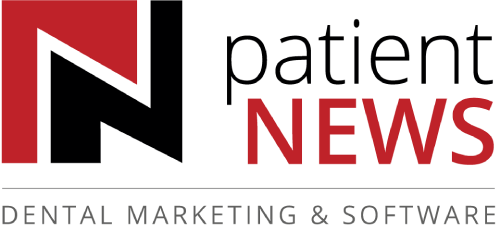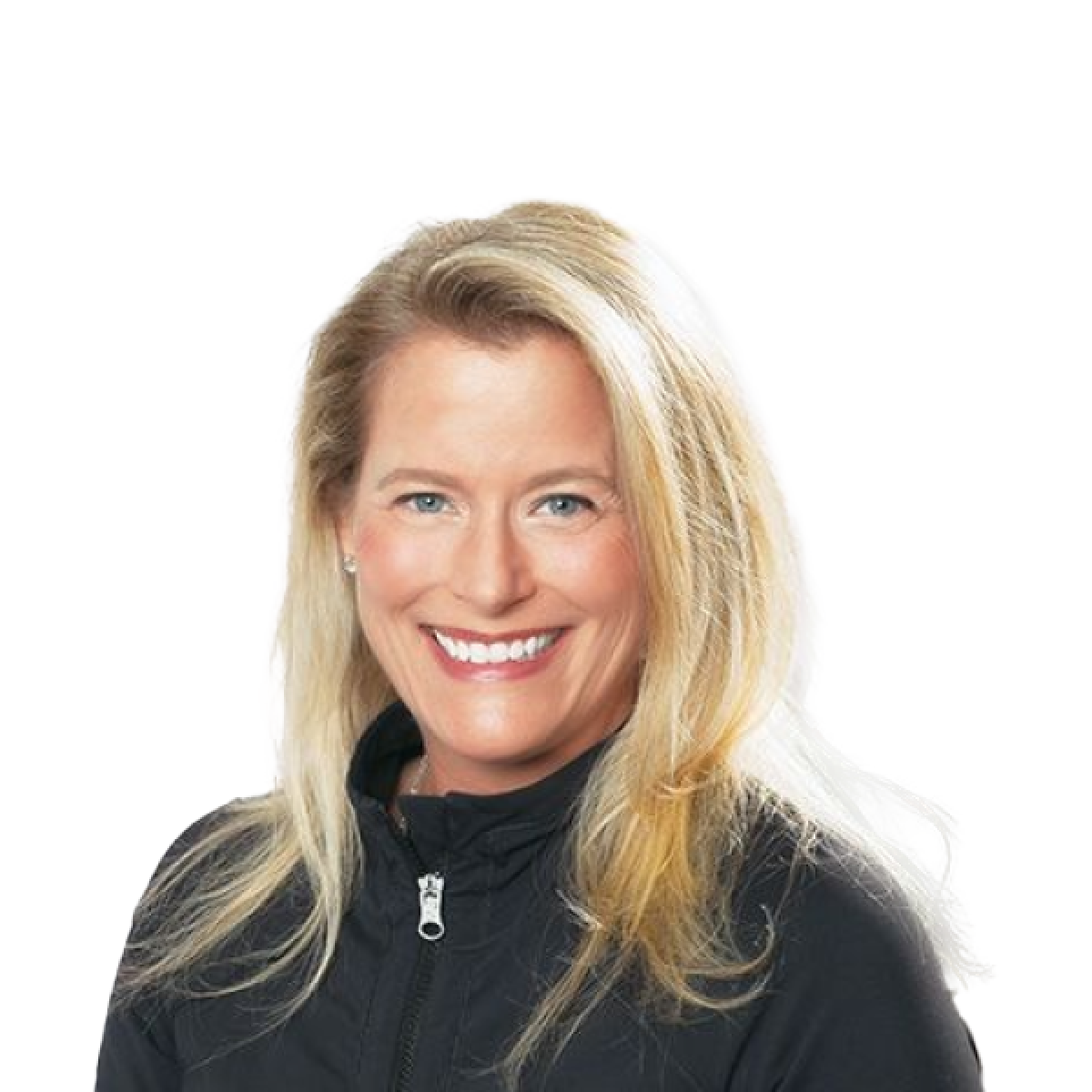Google Ads, Instagram, And Facebook Ads For Dentists
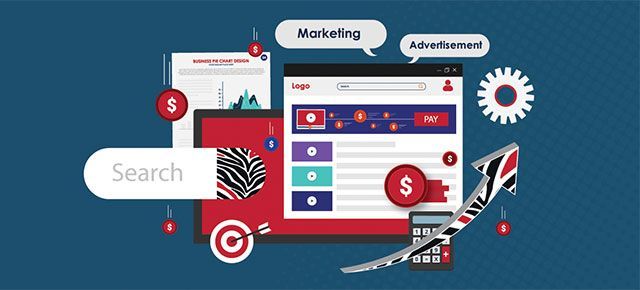
A detailed guide to get results with paid media
What Is Paid Media?
Paid media is essentially online marketing that requires a paid placement. This type of advertising is guaranteed to appear on a results page when certain keywords are searched. Included in paid media are Pay Per Click (PPC), display ads, remarketing, and search ads on channels such as Google, Instagram, and Facebook. At Patient NEWS, we have the opportunity to work with thousands of dentists on their marketing strategies. We have the data and research that proves paid media is an essential component of production growth and new-patient acquisition.
In this blog, you’ll learn all the components of paid media a dental practice needs to consider for a successful campaign.
Before we dive into the specifics of an ad strategy, we need to identify the differences between:
- Earned media
- Owned media
- Paid media
Earned Media
Earned media is the act of generating exposure that “earns” you traffic and recognition. This can be completed through word of mouth, SEO efforts, and the customer experience your practice delivers.
How do you “earn” media? You can earn media for your
dental practice through the generation of positive reviews, reposts of your content, recommendations from other websites, and more. You can also earn media by contributing your thought leadership to other publications or websites.
Owned Media
Owned media is the content created by your practice or marketing partner that you fully own. A blog or article specifically written for your website is a good example. The goal of owned media is to provide value to the prospect or potential new patient as they move through the patient journey. Your website, a white paper/eBook, email newsletter, or direct mail piece are all other examples of owned media.
Paid Media
Paid media is the supporting factor of owned media. Without paid media, your owned media may not get the exposure you’re expecting. Paid media spreads the message you’re trying to convey to a larger audience by paying for the click for added visibility. It’s like adding jet fuel to your owned media.
For example, on social channels, you can “boost” your posts to be visible to an audience of your choice. On Google, you can display your ads on websites you know your demographic is viewing. On Instagram, you can publish your ad to the “stories” section of the app.
Now that we’ve identified the difference between earned, owned, and paid channels, let’s cover the strategy of paid media for your dental practice.
Google Ads For Dentists
Included in the Google suite of ads and specifically important to a dentist are search, display, and local service ads and extensions.
Search Ads
Just as it sounds, when someone has a need and is searching online for something to resolve the need, these ads are presented in search results by Google. An example would be when someone searches “teeth whitening products.” Google could present an ad featuring these services from your dental practice. It’s important to optimize these ads to be relevant for the keyword that is searched.
TAKEAWAY: If someone types “teeth whitening,” we don’t want to see ads for “dental implants,” right? Relevance is key in all areas of paid media marketing. The keyword must match the ad, which will match the landing page. If not, your conversion rate will suffer, and ROI will diminish.
Search ads are a top lead generator. A great feature of search ads is that your practice only pays for searches when the prospect is interested in the service you offer. When someone types “dental implant costs” into Google, they’re showing intent and you can be assured they are moving down the funnel; they are preparing to choose a dentist to perform the work. This is a good time to show someone an ad and pay for the impression or click!
Display Ads
Display ads are a form of ad that has a visual component. These ads are designed and then submitted to the Google ad platform. From there, Google decides on which websites it should appear on and, in turn, generate impressions and clicks. Your dental ad could appear on CNN.com, popular sports sites, and thousands of other websites.
Creating display ads with the correct target segment and design features, such as the contrast in colors, are important considerations, among others, to get the click. Remember, the internet is an extremely noisy channel and a marketing strategy is key when developing display ads.
TAKEAWAY: Create ads that include people that match your community demographics and the persona of the patient you’re targeting. Make sure copy is in contrast and stands out so internet surfers can quickly understand your ad and what will happen if they click on it.
Local Service And Extension Ads
As a dentist, you’re community-focused and most potential patients are within a 5-10-mile radius. That means it’s important to use the local ad functions that Google offers inside their platform. One of those functions is called local extensions. This is a setting that is turned on inside Google Ads. When this is activated, it will help your Google My Business page rank higher for “near me” searches. Google is smart enough to present local businesses when the search is intended for that. So, you can get ahead using this feature and not rely on owned media to give you exposure in these cases.
TAKEAWAY: DO NOT advertise your Google My Business page if you have less than a four-star rating or a low amount of reviews. You will be essentially paying to prove to people there are better dental practices in your area. First, get your Google business page under control. Then boost it to the top with paid ads!
Instagram Ads For Dentists
With one BILLION active users, Instagram is a good channel to advertise on. Creative must be top-notch as this channel is all about photos, videos, and visual stimulation. There are four different ways for a dentist to create a strong Instagram ad: photo ads, video ads, carousel ads, and story ads.
Photo Ads
The most simplistic way to advertise on Instagram. These ads consist of a photo, status, and call to action. It’s highly recommended that this ad is targeting your demographic and using a motivational cue to fulfill the needs of your targeted persona.
TAKEAWAY: Use pain points to spark the behavior of the click. An example would be, “Not confident in your smile? We can help.”
Video Ads
An area of advertising that will become the focal point in years to come. Video content will soon make up 75% of all traffic on the internet! Instagram video ads can be 60 seconds in either landscape or square format.
TAKEAWAY: Get creative here and explain a service or discuss the importance of ongoing hygiene. There are a ton of moms and dads on Instagram that need to understand oral health for their family.
Facebook Ads For Dentists
The Facebook ad platform is the mothership for social ads. If you didn’t know already, it’s Facebook Ads Manager that also manages your Instagram ads. It’s a powerful platform with many options, including sniper-focused demographic targeting. (You can target ads to families with young children.)
Carousel Ads
Facebook allows you to get creative by offering up to 10 images with descriptions on each ad to promote products, services, or to tell a story.
TAKEAWAY: Utilize this ad channel to drive engagement in your brand. For example, list the top 10 services your practice offers and hone in on your unique value propositions to help your ad stand out among competitors.
According to Facebook, here are the latest requirements for a carousel ad.
Images Format
- 2-10 images
- Recommended format: JPG or PNG format.
- Image file size: maximum of 30MB
- Image resolution: 1080X1080
- Text: 125 characters
- Headline: 40 characters
- Link description: 20 characters
Videos
- 2-10 videos
- Recommended format: MP4 or MOV
- Image file size: maximum of 30MB
- Text: 125 characters
- Headline: 40 characters
- Link Description: 20 characters
The Importance Of Dedicated Landing Pages
You have a great ad strategy that is driving clicks to your website, but you’ve noticed you’re not generating phone calls or form fills as a result. In many cases, this is due to the lack of quality and relevance in your landing page.
As mentioned earlier, a critical component of a great paid media strategy is relevance. What this means is that when someone clicks on your ad, they don’t want to land on a page that is about something different. An example: A potential new patient clicks on a teeth whitening ad and they land on the home page of your dental practice, but information on this service is buried at the bottom of the page. You only have a few seconds – teeth whitening better be in the headline. In saying this, your paid media strategy must include dedicated landing pages that are relevant to each ad group.
How do you create great landing pages for your dental marketing strategy?
Establish the goals of the landing page. Do you want the prospect to watch a video? Fill out a form? Call your practice? Depending on what that is, the landing page can be built to present the right information in the right area.
Consider your target market. You should understand your brand voice and the type of patients you want to attract. By understanding who you want to attract, you can make sure your landing pages offer motivations, needs, and pain points of this persona.
Authority. Use logos of awards and certificates your practice has obtained. (*If dental advertising guidelines permit this in your area.) Use video testimonials for social proof. These components of the landing page will help persuade the user to call your practice or fill out a form.
Weekly Optimization For Successful Conversion
Optimizing your ads is a critical component of ongoing success when it comes to conversion. At Patient NEWS, our team is reviewing and making changes to your account on a weekly basis to ensure we continue to grow conversion rates and lower the cost per acquisition (CPA). You see, through the live data we receive from actual patients looking for a dentist, we can make strategic, educated decisions when making changes.
Below are the important areas of consideration when optimization your paid media ad strategy;
Check bids and budget. Raise bids on keywords when getting success and lower bids on keywords that are not driving conversion. This is at the keyword level.
Change poorly performing keywords. These are keywords with low ROI and low-quality scores.
Ongoing keyword research. Add new keywords to extend reach. Identify negative keywords to reduce wasteful clicks.
Optimize ad text. New headlines, different calls to action, adding dynamic keywords. All important to the ongoing improvement of the click through rate.
Relevance. Add keywords to the landing page to improve ad relevancy.
Set goals for each month. Review reports on a weekly basis and make adjustments continuously using the reports as a benchmark.
Conclusion
Paid media is an essential component of your new-patient acquisition strategy and brand awareness for a dental practice. Advanced digital strategies target the most receptive audiences using Google, Facebook, and Instagram ads. At Patient NEWS, we dedicate our resources to concentrate on each area described here in this blog. The success of a paid media strategy is a science and can’t be “thrown together.” It’s highly recommended you find a partner who can help with the ongoing ad strategy at your dental practice.
Contact Patient NEWS today.
Yes! I would like a
FREE Web Audit.
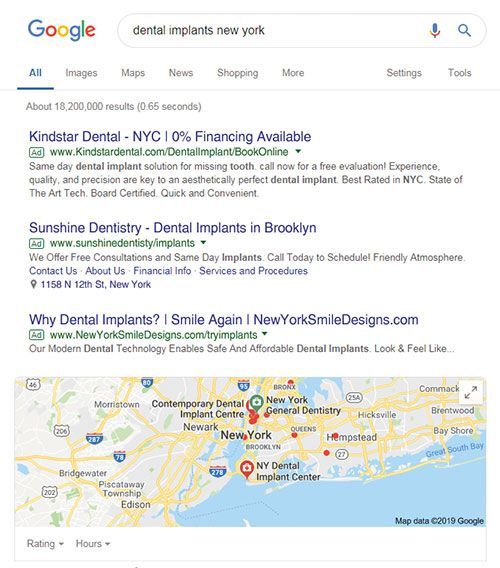
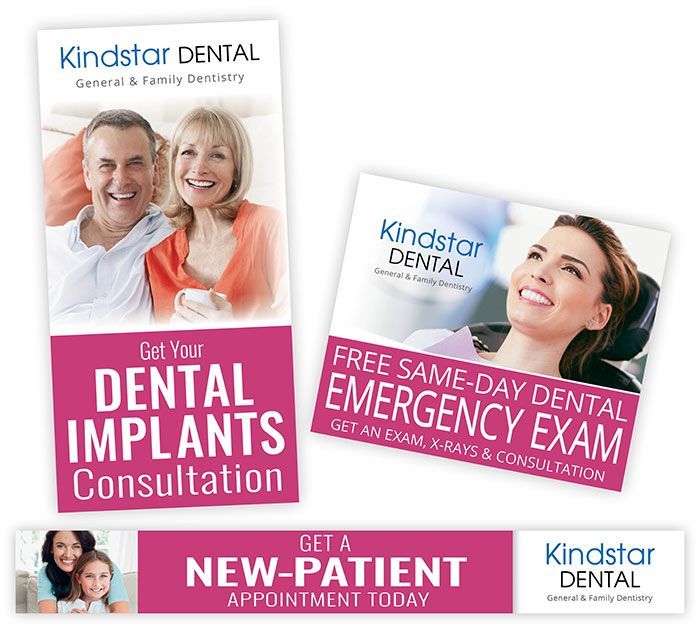
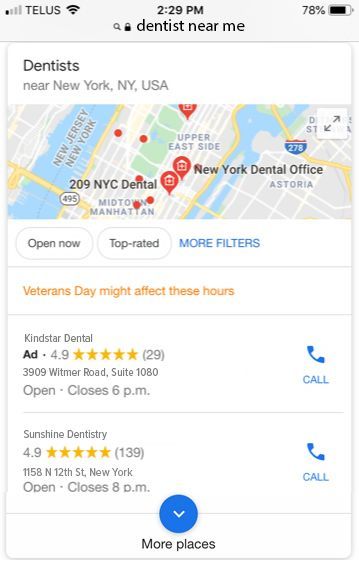
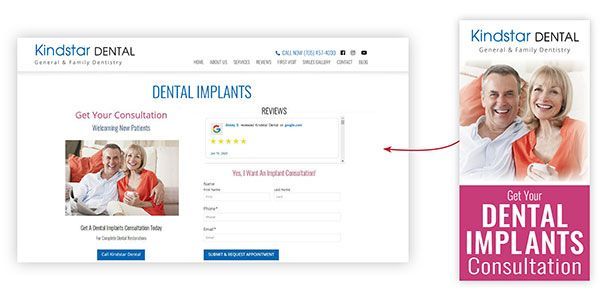
Share:
Stay In The Know!
Join 20,000 dental colleagues today!
Subscribe to our weekly updates, and/or request a free brochure and product samples.
